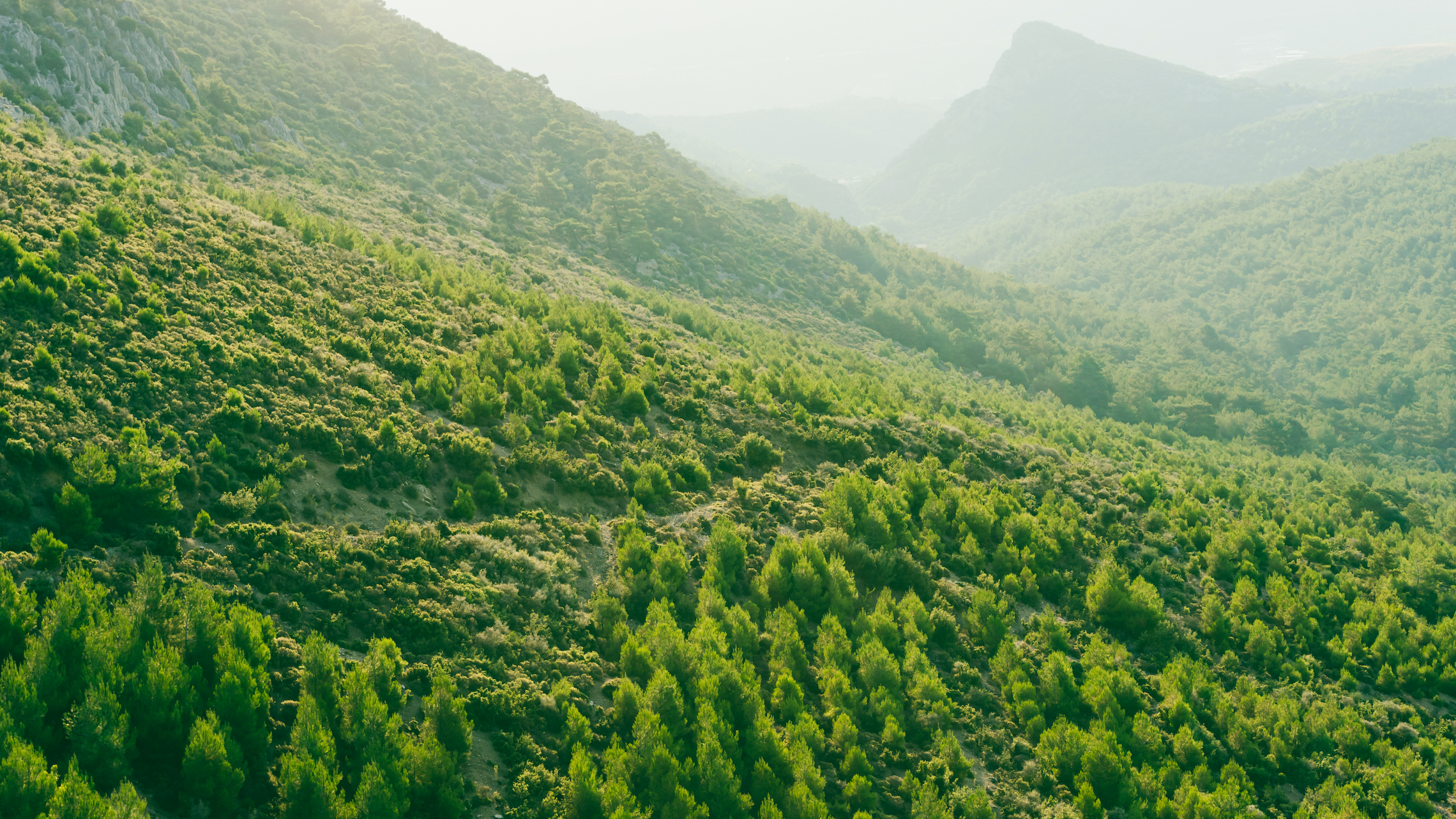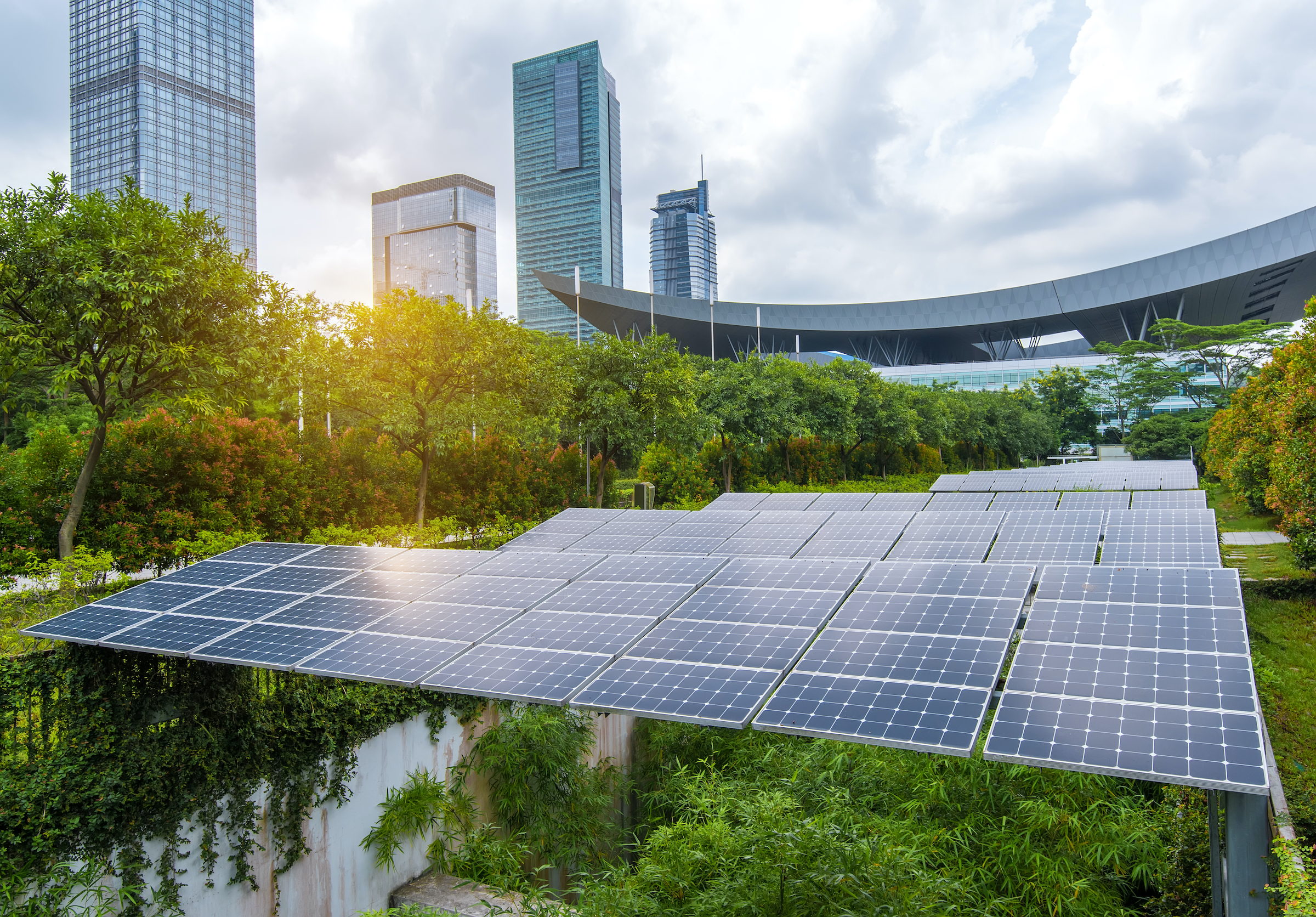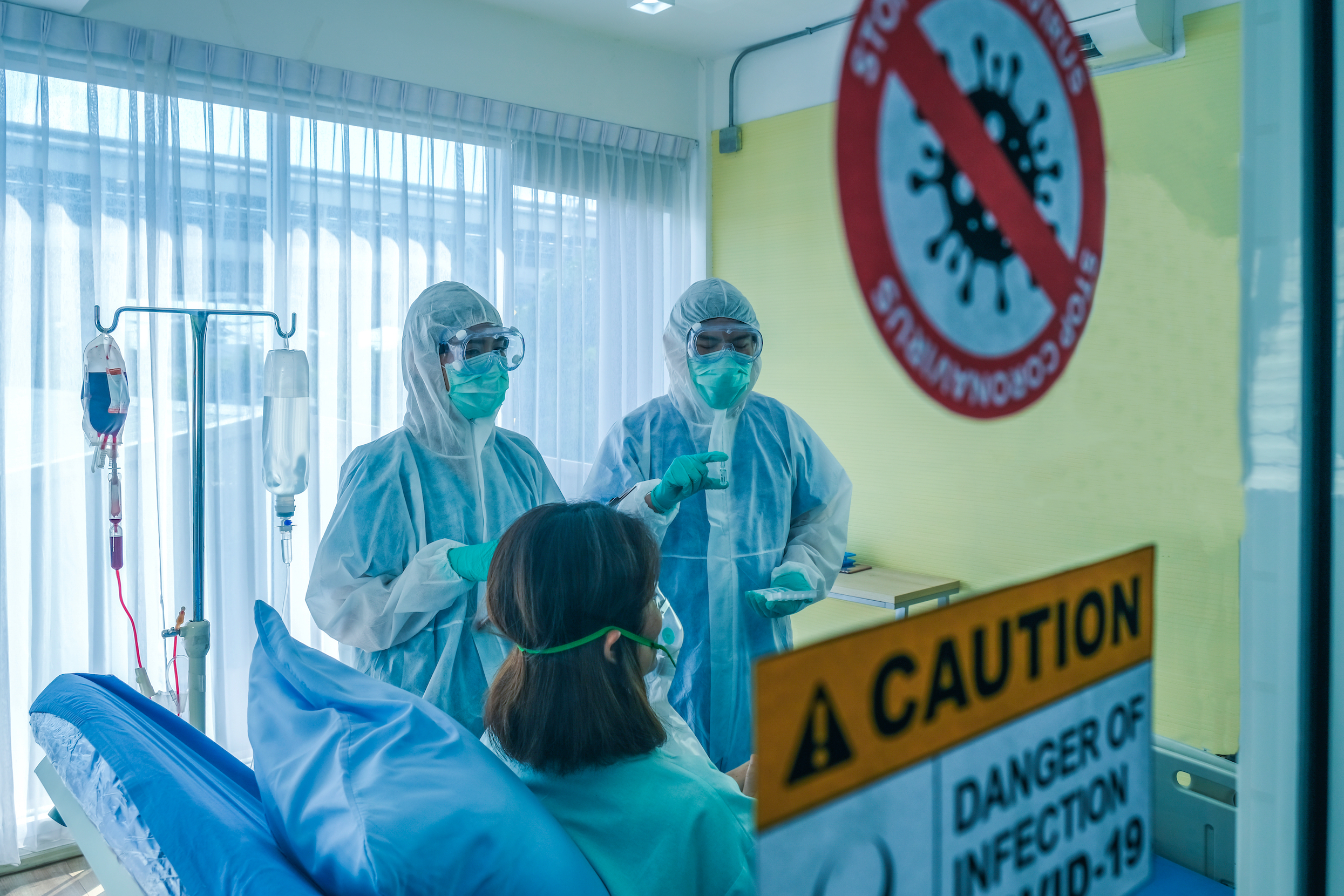Essentially, what we need to understand is that our entire economy – from the smallest, poorest subsistence agriculturalists to the biggest companies on the planet – exists and operates within the context and confines of the natural world. Everything else I do in economic research stems from that simple observation. It means that when we invest in nature, we are expanding and enhancing the economy’s operating space. Still, it also means that when we degrade nature, our entire economy is subject to the consequences. There are many excellent reasons to invest in and protect nature. Perhaps, we care about future generations and believe that they ought to have safe, clean air to breathe. Or, perhaps, we have any number of religious, cultural or ethical attachments to the natural world. We might simply enjoy nature when watching David Attenborough’s inspirational documentaries as I do. Moreover, we might think back to camping or beach trips with our families and how important it was to be able to experience these wonderful, pristine, natural oases and enjoy our time together.
Reasons to invest in nature
Bennett Chair in Sustainable Finance
- Natural assets, like forests and ecosystems, serve as the base for everything else in the economy. Natural resources play an economic role as natural capital.
- Although economic growth has brought about tremendous improvements in the human condition, it has also seen the release of one and a half trillion tonnes of CO2 and pushed nearly a million species to the brink of extinction.
- When we define economic value, we need to understand value beyond its impact on market outcomes, and in terms of its impact on these assets, like nature, infrastructure, human health and capital, which ground all of those economic outputs.
- We need a new green Marshall Plan. We need to reconstruct and rebuild the natural world after over a century of degradation. It won't be cheap but the cost of failing to invest in the low-carbon, climate-resilient economy is much higher.
Reasons to protect our natural capital

Photo by Seda Servet
Natural capital
One way of thinking about natural capital is if we imagine a factory: it's a great big building, it's got lots of machines in it, and it's a capital asset. And, we use those machines in order to produce, let's say, cars, and if we protect those machines and we maintain them and we invest in them, then this factory will produce cars for a very long time into the future. But if instead, we abuse those machines, we overuse them and we fail to maintain them. Then the production line is going to break down and we won't be able to produce as many cars in the future. Nature operates in much the same way.
Let's take a straightforward example: forests and trees. We can think of these as assets. They provide benefits year in, and year out. They clean the air. They store carbon. They cycle nutrients. They also provide a space for outdoor recreation and for wildlife and biodiversity to have their home. All of these things are fundamental to our mental and physical welfare.
Healthy environment, better economy
We know that poor air quality from excess pollution and a lack of urban forest canopy reduces labour productivity. However, if we had more trees in urban ecosystems, they’d be able to purify the air, making us healthier and reducing the incidence of respiratory illnesses like asthma. We know that a healthier worker is a more productive and more profitable worker. Also, trees increase the value of the properties around them. We know that in the UK, the shading and cooling surfaces of trees and urban streams reduce air conditioning costs to the tune of about a quarter of a billion pounds a year. We know that they improve air quality, saving over 27,000 lives each year. Natural assets, like forests and ecosystems, provide these services that underpin the entire economy. That’s why, as economists, we must understand nature's role in the economy as capital. This doesn't have to be the only way we think about the environment, but it is one piece of the puzzle on how we can design policies that protect nature.
A green Marshall Plan
Economic growth has tremendously improved the human condition, improving life expectancy, literacy rates, access to education and the sharing of ideas and cultures across borders. Yet, it has also seen the release of one and a half trillion tonnes of CO2 and pushed nearly a million species to the brink of extinction. These economic and environmental consequences have the capacity to wipe out the gains we've seen over the past century. What we need is nothing short of a fundamental transformation in the economy. Thinking back to just after World War Two, we knew that we needed a big plan to rebuild after the shock and destruction of the war. That plan was called the Marshall Plan. What we've seen now in terms of destruction of the natural world is many orders of magnitude greater. We need a new plan, a green Marshall Plan, to put us back on track to rebuild and reconstruct after an economic system has neglected and degraded nature for the past century.
An investment rather than a cost

Photo by asharkyu
What does building a new economic plan mean, in practice? It means that when we report on the economy, we don’t just report on GDP growth, we also report on what's happening to nature. When we define economic value, we need to understand value beyond its impact on market outcomes, and in terms of its impact on these assets, like nature, infrastructure, human health and capital, which ground all of those economic outputs. Therefore, we must design policies that build wealth and that take advantage of the fact that wealth is complementary, so that if we improve natural capital, for instance, the air quality in an area will also improve the health or human capital of the same area. We need to start thinking about investments in nature as investments rather than as costs. We need to understand that using the public purse to protect the operating space of the economy by protecting wild spaces, by developing marine protected areas and conservation areas and by maintaining them, we are investing in wealth; they are not costs from the Treasury.
An expensive transition?
We need a new green Marshall Plan. We need to reconstruct and rebuild the natural world after over a century of degradation, but it won't be cheap. One thing we've begun to learn about the transition towards a more prosperous, sustainable, low-carbon economy is that the sooner we get started, the sooner the costs fall and the better we get at doing things in a new low-carbon, climate-resilient, efficient manner. For example, the cost of solar or wind energy over the past decade or so has come down by about 85%. That's an enormous reduction in energy cost, which happened because we developed public investments, subsidies to protect companies who were the early innovators. The economics of innovation tells us that the sooner we get started on this, the sooner we learn through experience. Therefore, when we hear about how much money is required to pay for the low-carbon infrastructure that we need, we shouldn't worry too much because the cost of failing to invest in the low-carbon, climate-resilient economy is much higher.
We’re seeing catastrophic consequences

Photo by LadyPhoto
The global pandemic that we’ve experienced in 2020 is a direct consequence of our failure to manage natural capital properly. As humans expand their agricultural land, we expand our footprint on the natural world, and we bring people into what were previously healthy, intact ecosystems. One consequence of this is the occurrence of Zoonotic diseases like Covid-19, SARS, MERS, avian flu, swine flu or HIV. Seventy-five per cent of the newly emerging infectious diseases have a zoonotic origin, which means that they come from nature, from wildlife, and they only jump to humans when we break down these barriers and destroy their habitats. Our global food system is the primary driver because it fails to recognise that natural capital underpins agricultural production, and natural capital isn’t considered when making decisions about whether or not to destroy an intact ecosystem to gain agricultural land. These aren't just questions for poor farmers and hunters in far off parts of the world to consider. This lack of acknowledgement is also the direct consequence of decisions taken by agricultural systems in the West. In the UK, we feed chickens with soy grown in Brazil. Therefore, our consumption of chicken drives soy production in Brazil, which, in turn, drives the destruction of the rainforest to make room for pastures and agricultural land to harvest more soy.
A new measuring system
We need an economic measurement system that makes these links clear so that when policymakers are deciding on trade and agricultural bills, they understand these symbiotic relationships. Additionally, a new system is required so that shoppers can see the prices of goods reflect the real impact that they have on the natural world. We need a huge amount of investment in the agricultural system, in the transport system, in the education system and in the energy system. Still, the amount of investment required – a few trillion a year – is much less costly than failing to make these investments, as witnessed by the pandemic or climate change. Therefore, the problem isn't merely the initial price tag; the problem is the cost of failing to act on it.
Discover more on
Natural capital
Agarwala, M. (2014, April 9). Put your Money where Your Mouth Is. Huffington Post.
Agarwala, M. (2015). Push to decarbonize cities after Paris talks. Nature, 528, 193.
Agarwala, M. K. (2019). Natural capital accounting and the measurement of sustainability. [Doctoral dissertation, London School of Economics and Political Science]. Etheses.
Agarwala, M., Cinamon Nair, Y., Cordonier Segger, M.C., Coyle, D., et al. (2020). Building Forward: Investing in a Resilient Recovery. Bennett Institute for Public Policy, University of Cambridge.
Zenghelis, D., Agarwala, M., Coyle, D., Felici, M., Lu, S., and J. Wdowin (2020). Valuing Wealth, Building Prosperity. Bennett Institute for Public Policy, University of Cambridge.
Coyle, D., Zenghelis, D., Agarwala, M. (2019). Measuring Wealth, Delivering Prosperity. Bennett Institute for Public Policy, University of Cambridge.